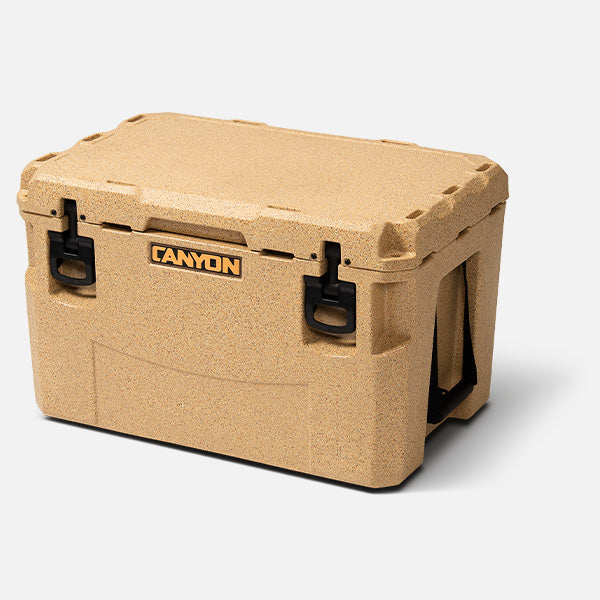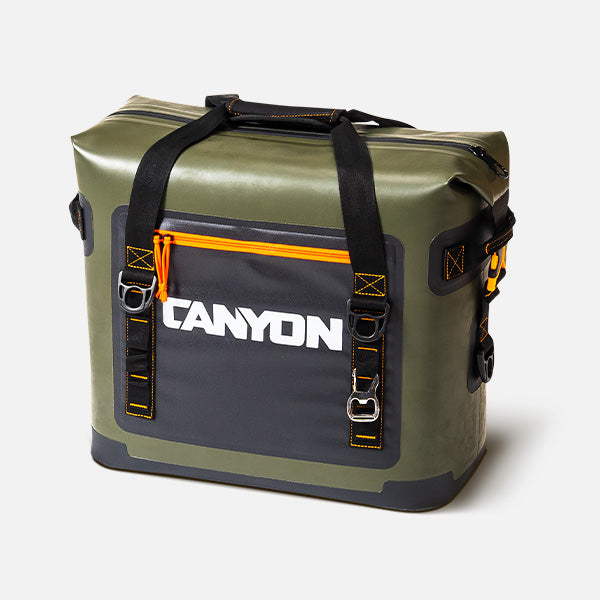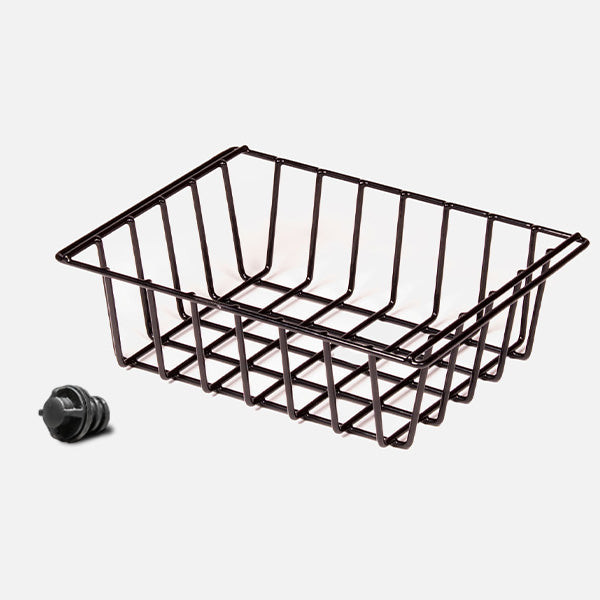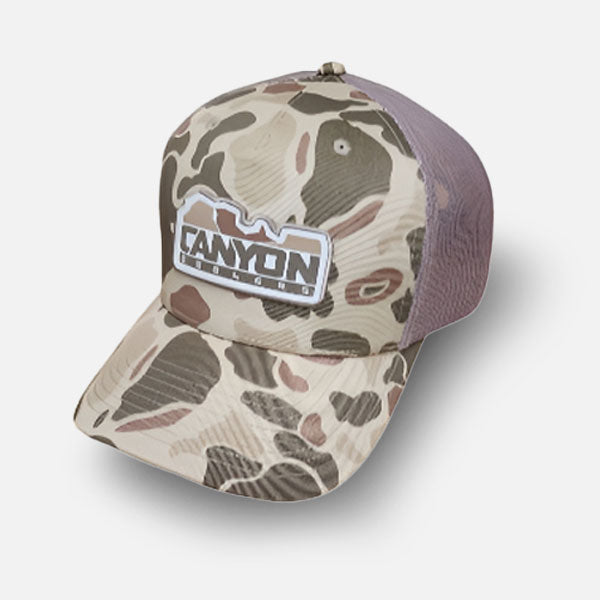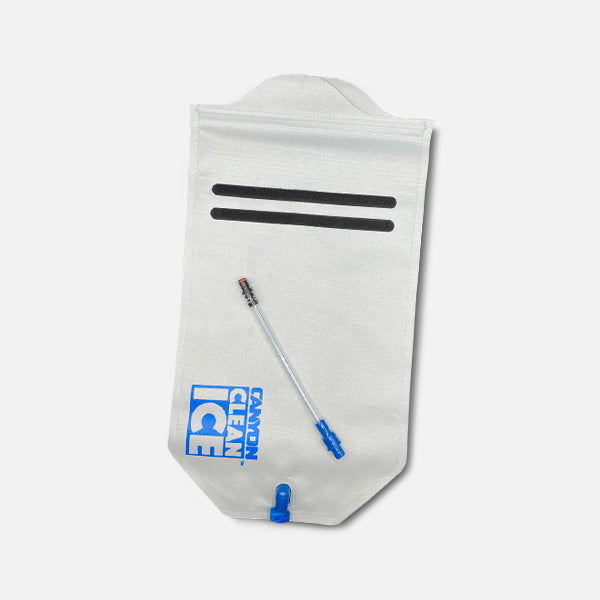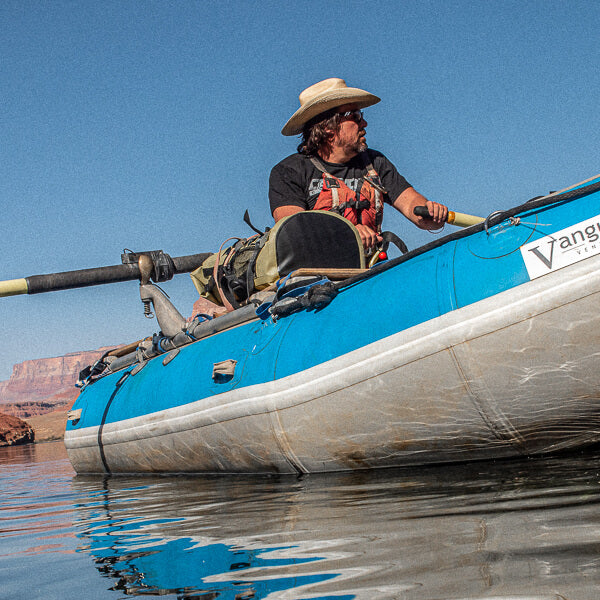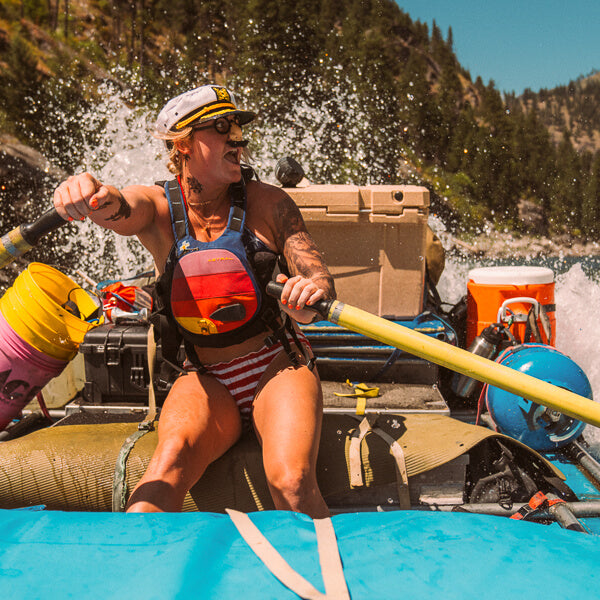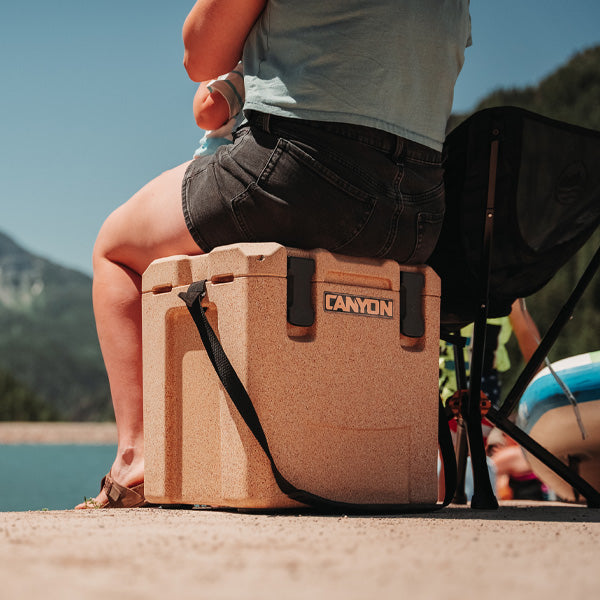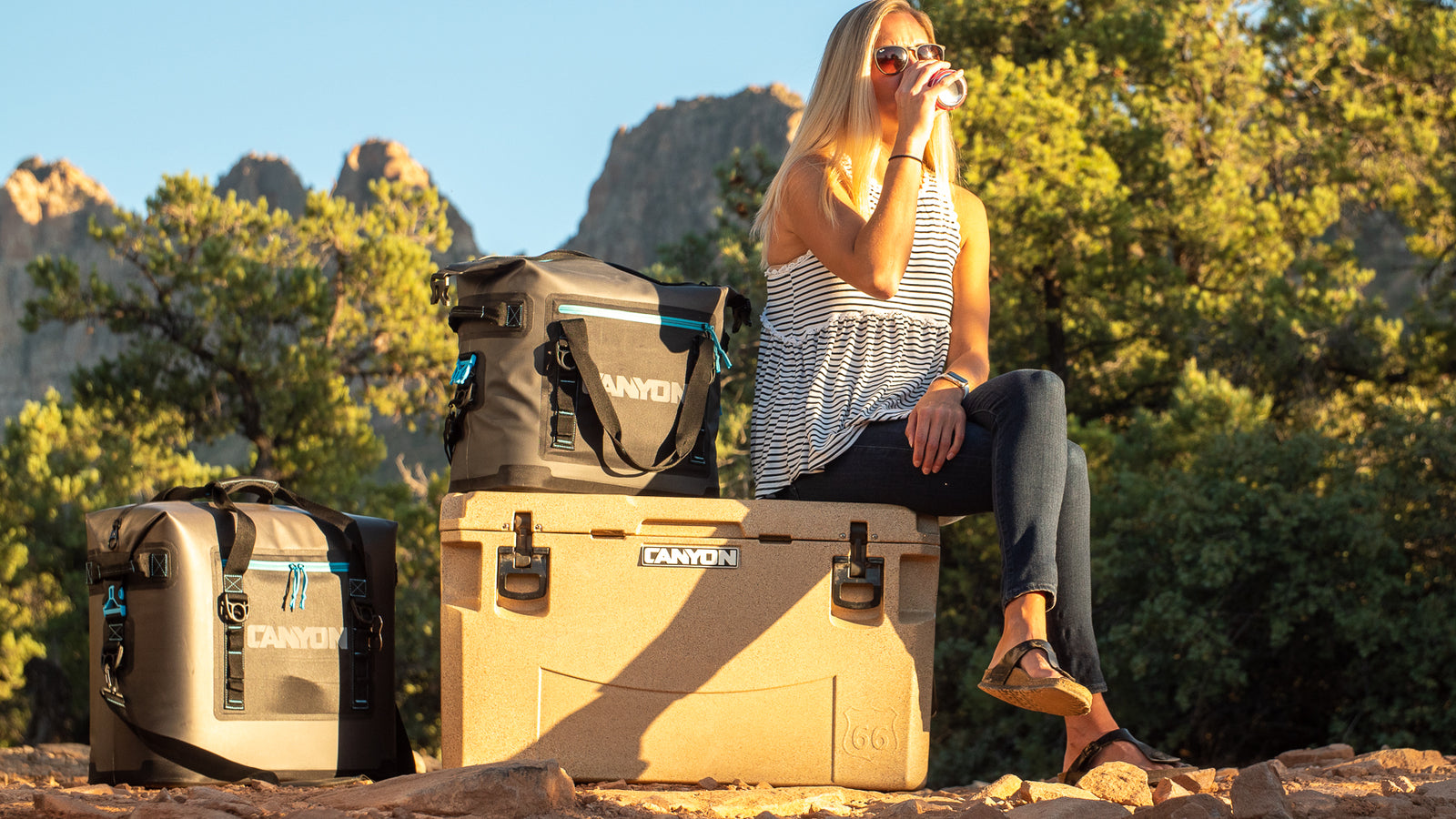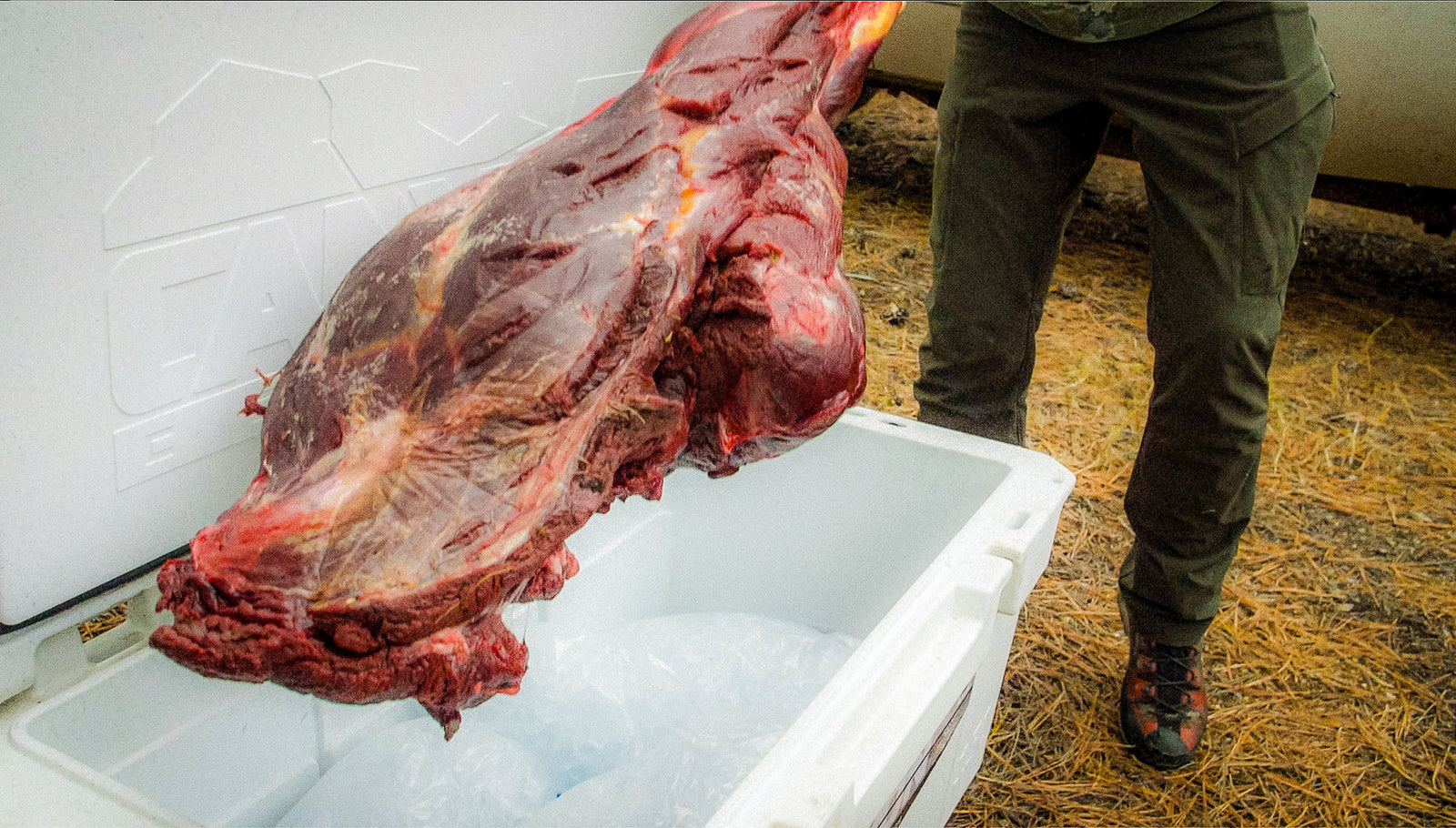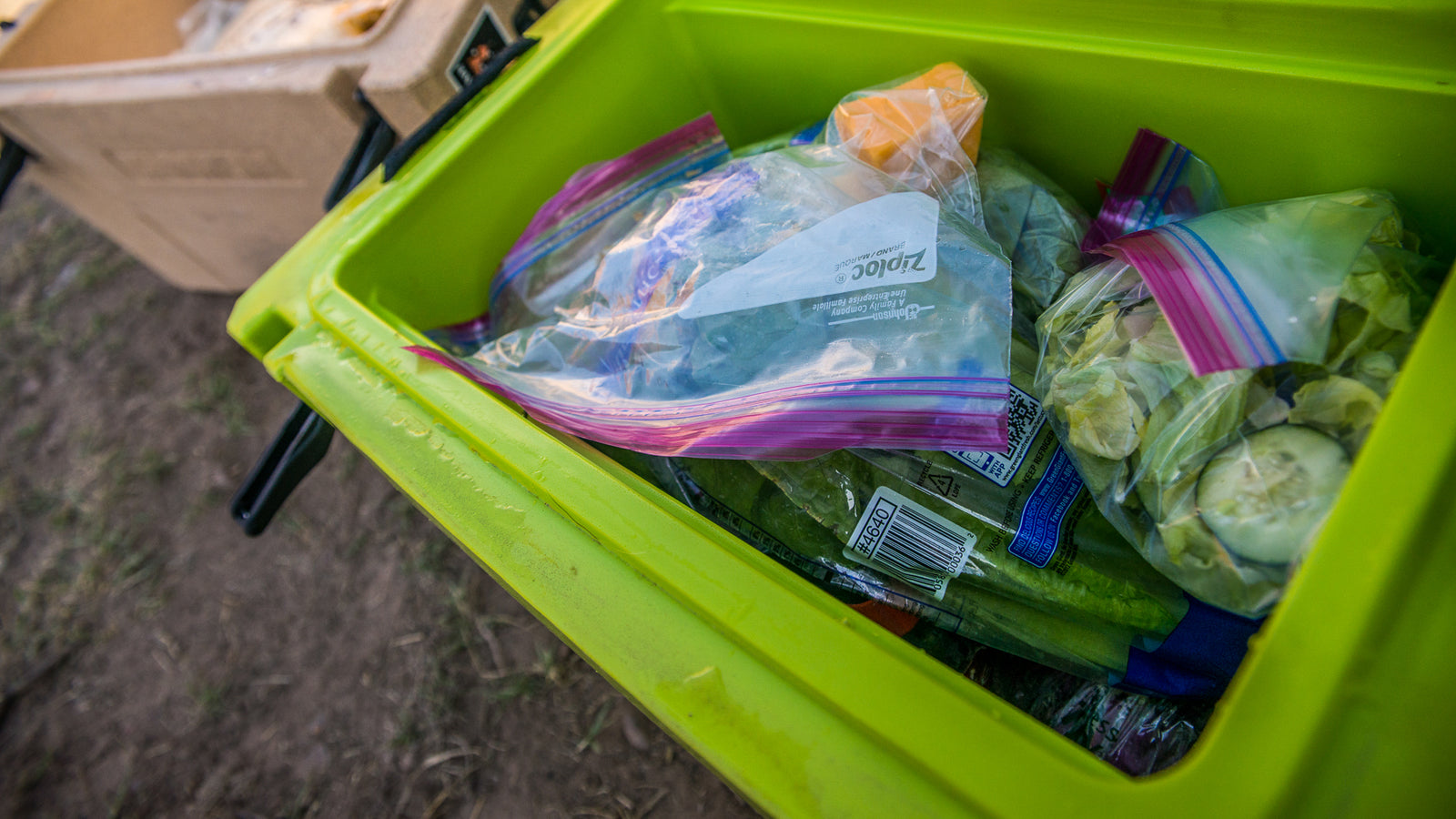Hard coolers and soft-side coolers are both useful options for keeping food and drink cold when you're on the go. However, some critical differences between the two coolers can make one more suitable for your needs than the other.
One of the main differences between hard and soft-side coolers is their durability. Hard coolers, like our PRO, Outftiiter, and Adventure Series coolers, are made from rotomolded plastic, a type of plastic molded under high heat and pressure to create a very dense and sturdy material. This makes hard coolers very durable and able to withstand rough handling, such as being tossed around in the back of a pickup truck or banged against rocks while hiking.
On the other hand, soft-side coolers like our Nomads, are typically made from a combination of foam insulation, nylon, and plastic. While these materials can still provide good insulation, they are less durable than rotomolded plastic. They are prone to wear and tear such as failed seams and broken zippers (make sure to keep those zippers lubed). Soft-side coolers are also more likely to be punctured or torn when in heavy use (though we rarely see this). If this happens, the insulation will be compromised leading to warm food and drinks.
Another key difference between hard and soft-side coolers is their weight and portability. Hard coolers are generally heavier and bulkier than soft-side coolers, making them more challenging to carry around. This can be an issue if you need to hike a long distance to get to your campsite or if you have limited space in your car. Soft-side coolers, on the other hand, are generally lighter and more compact, which makes them easier to carry and transport.
Hard coolers are the better choice in terms of insulation performance. Because they are made from rotomolded plastic, they provide more consistent and effective insulation than soft-side coolers. This is especially important if you plan to keep your food and drinks cold for extended periods, such as a multi-day camping trip or a long beach vacation.
One of the main benefits of soft-side coolers is their versatility. Because they are lighter and more compact, they are easier to take on a broader range of activities, such as picnics, sports games, or day trips. They are also easier to store when not used, as they can be easily folded or tucked away in a closet or garage (although Outfitter Series hard coolers have a nesting feature to minimize space demands).
Another advantage of soft-side coolers is their cost. Because they are made from cheaper materials and are generally easier to manufacture, they are often less expensive than hard coolers. This can be a good option if you are on a tight budget or only need a cooler for occasional use.
Several features can make one type of cooler more suitable for your needs than the other. For example, some hard coolers accept accessories such as dry goods baskets and cutting boards, which can help prepare and serve food. On the other hand, soft-side coolers may have features such as padded shoulder straps, multiple pockets, and detachable compartments, which can help organize and carry items.
In conclusion, both hard and soft-side coolers have advantages and disadvantages. Hard coolers are more durable, offer better insulation performance, and may have more useful features, but they are also heavier and bulkier. Soft-side coolers are lighter, more compact, and less expensive. Still, they are less durable and may not provide as consistent insulation. Choosing between a hard cooler and a soft-side cooler will depend on your specific needs and preferences.
One of the main differences between hard and soft-side coolers is their durability. Hard coolers, like our PRO, Outftiiter, and Adventure Series coolers, are made from rotomolded plastic, a type of plastic molded under high heat and pressure to create a very dense and sturdy material. This makes hard coolers very durable and able to withstand rough handling, such as being tossed around in the back of a pickup truck or banged against rocks while hiking.
On the other hand, soft-side coolers like our Nomads, are typically made from a combination of foam insulation, nylon, and plastic. While these materials can still provide good insulation, they are less durable than rotomolded plastic. They are prone to wear and tear such as failed seams and broken zippers (make sure to keep those zippers lubed). Soft-side coolers are also more likely to be punctured or torn when in heavy use (though we rarely see this). If this happens, the insulation will be compromised leading to warm food and drinks.
Another key difference between hard and soft-side coolers is their weight and portability. Hard coolers are generally heavier and bulkier than soft-side coolers, making them more challenging to carry around. This can be an issue if you need to hike a long distance to get to your campsite or if you have limited space in your car. Soft-side coolers, on the other hand, are generally lighter and more compact, which makes them easier to carry and transport.
Hard coolers are the better choice in terms of insulation performance. Because they are made from rotomolded plastic, they provide more consistent and effective insulation than soft-side coolers. This is especially important if you plan to keep your food and drinks cold for extended periods, such as a multi-day camping trip or a long beach vacation.
One of the main benefits of soft-side coolers is their versatility. Because they are lighter and more compact, they are easier to take on a broader range of activities, such as picnics, sports games, or day trips. They are also easier to store when not used, as they can be easily folded or tucked away in a closet or garage (although Outfitter Series hard coolers have a nesting feature to minimize space demands).
Another advantage of soft-side coolers is their cost. Because they are made from cheaper materials and are generally easier to manufacture, they are often less expensive than hard coolers. This can be a good option if you are on a tight budget or only need a cooler for occasional use.
Several features can make one type of cooler more suitable for your needs than the other. For example, some hard coolers accept accessories such as dry goods baskets and cutting boards, which can help prepare and serve food. On the other hand, soft-side coolers may have features such as padded shoulder straps, multiple pockets, and detachable compartments, which can help organize and carry items.
In conclusion, both hard and soft-side coolers have advantages and disadvantages. Hard coolers are more durable, offer better insulation performance, and may have more useful features, but they are also heavier and bulkier. Soft-side coolers are lighter, more compact, and less expensive. Still, they are less durable and may not provide as consistent insulation. Choosing between a hard cooler and a soft-side cooler will depend on your specific needs and preferences.

